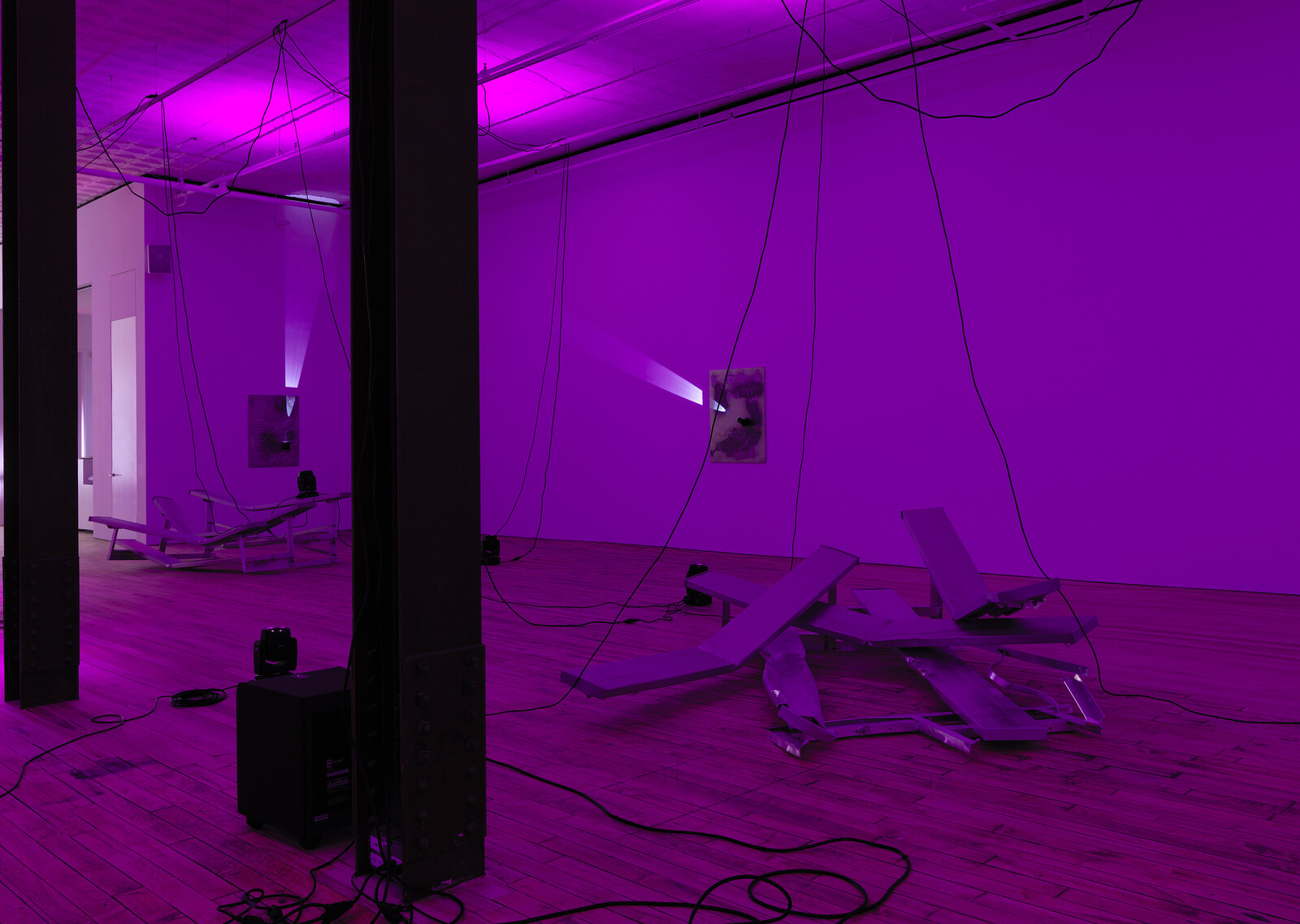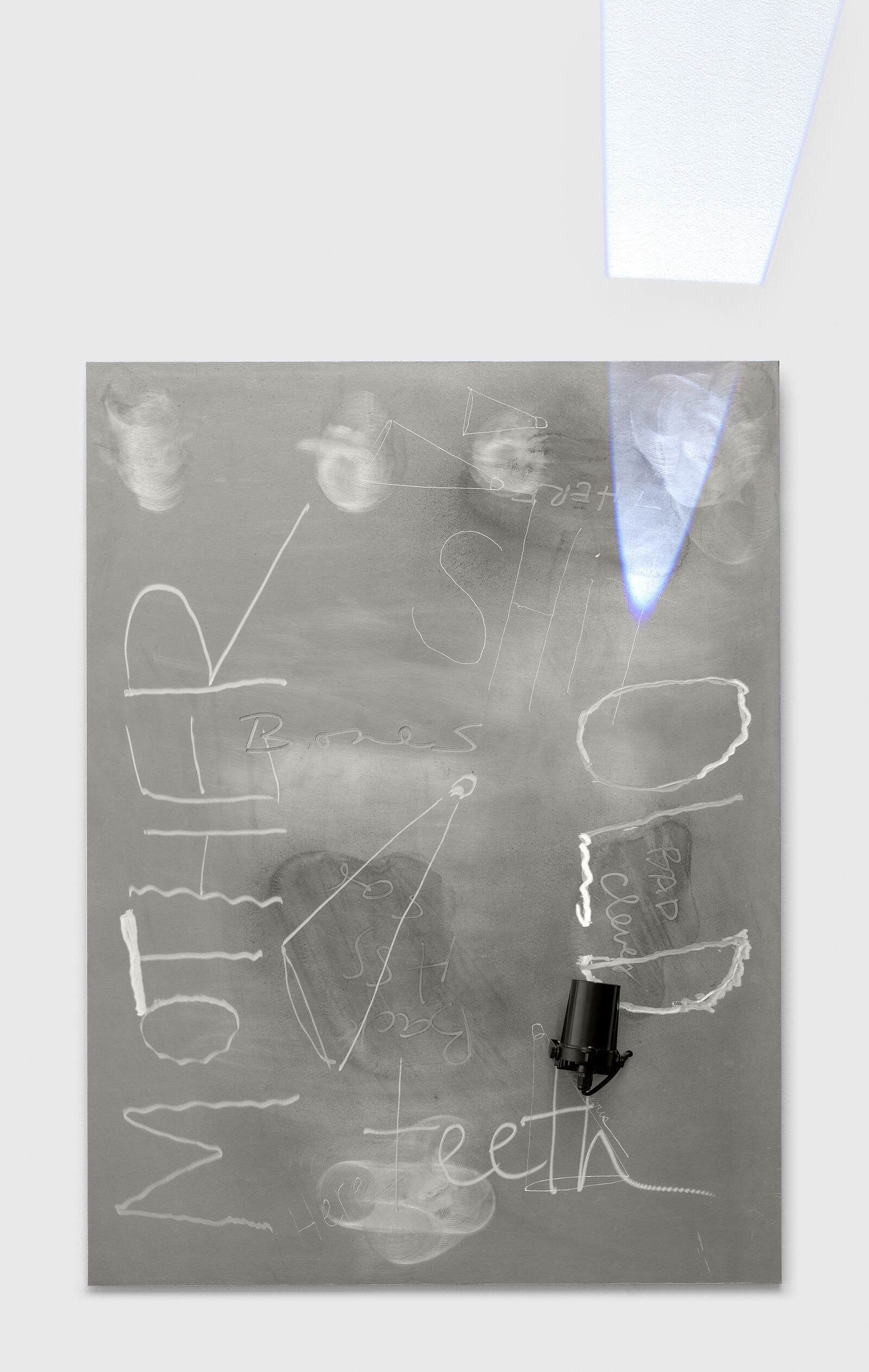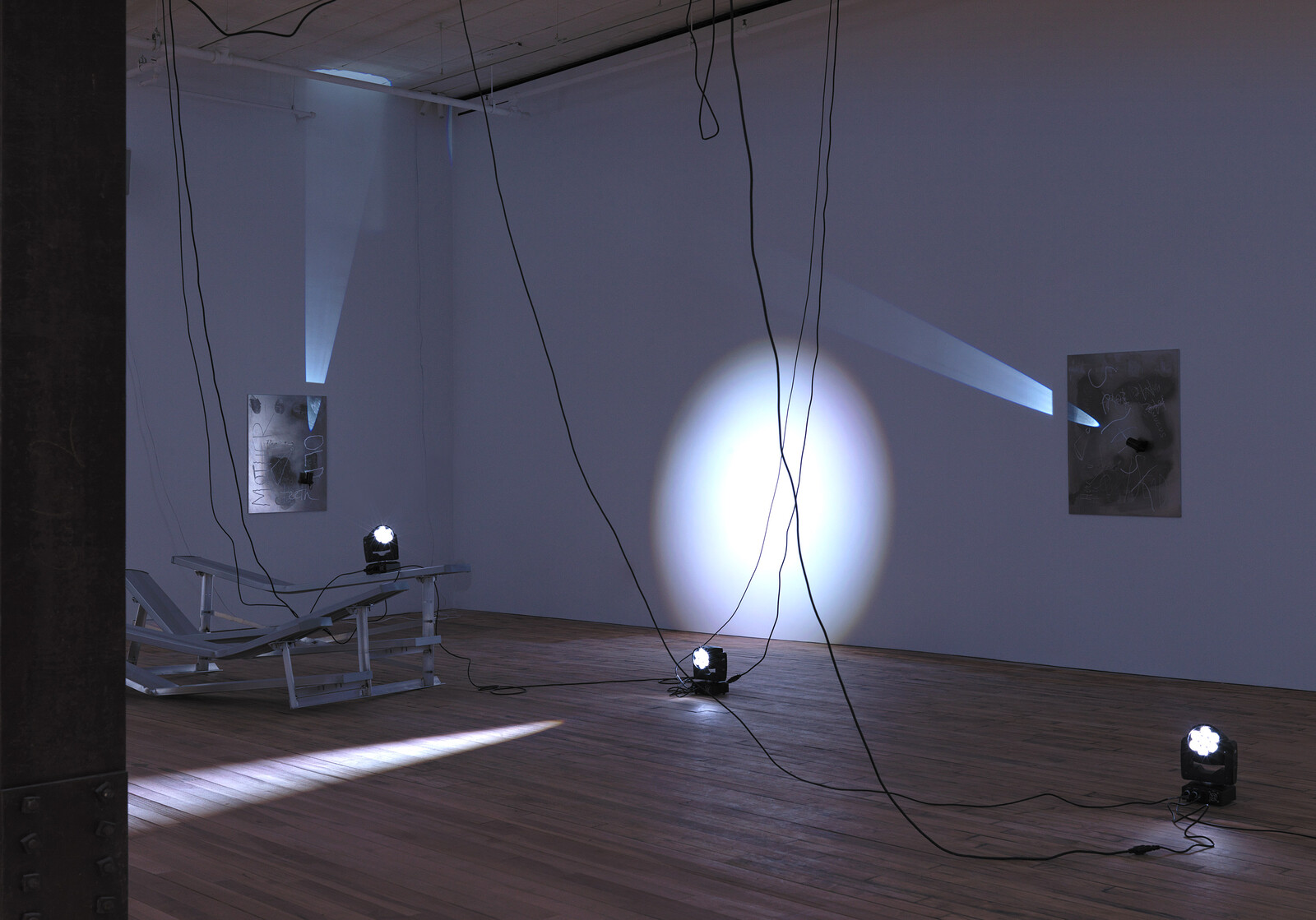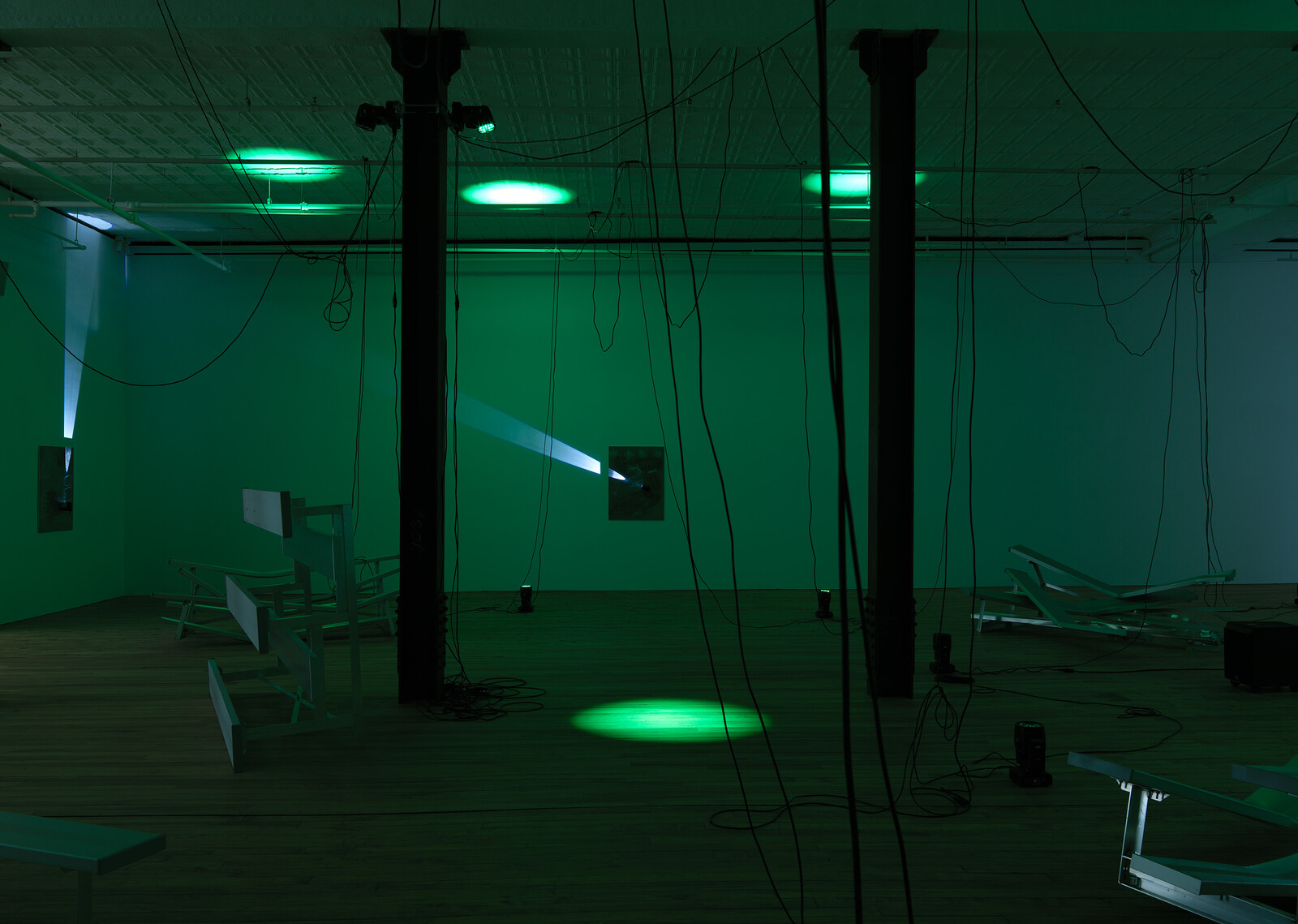What are the uses, and abuses, of abstraction? Five years on from the controversy sparked by the inclusion of Dana Schutz’s Open Casket (2016) in the 2017 Whitney Biennial, the quandaries of representation continue to preoccupy institutional programs. Brilliant figurative portraiture of and by traditionally silenced voices has become dominant—at the price, perhaps, of de-platforming artwork in which personal identity is less then immediately recognizable. Said more crudely: visibility is in, while opacity is out. But at what, or whose, cost? Plausibly as a consequence of, and response to, the kind of over-visibility through which people are surveilled by corporations and states, several artists who deploy strategies of interference are now, perhaps paradoxically, achieving prominence. Nikita Gale—a nom de plume (or is it nom de guerre?) created by redacting Gale’s inherited “legal” surname—is one such artist. In Gale’s work, abstraction is more than a device to generate imagery, and becomes a mode of creative reflection and deflection.
Upon entering the artist’s current exhibition at 52 Walker, the David Zwirner TriBeCa outpost that opened in October 2021, expectations are immediately interrupted. Within the cavernous hall, a series of crushed and deformed aluminum bleachers frame the overall sense of arriving too late to an event that appears to be over, if not in already in ruin. This effect is heightened by a flickering AV installation in which theatrical lights wash and scan the gallery through actions teasingly tethered, or not, to their mate: a discontinuous audio track replete with human cries, sirens, and laughter. The cables that tie this machinery together drape the scene erratically, as if they have slipped out of place in concert with everything else. Neither what the exact nature of this implied event was, nor who its phantom participants were, are precisely delineated.
Six portrait-format metal panels line the walls. Eschewing paint for power tools, Gale has roughly engraved these surfaces with words that describe personalities (such as “cruel”), familial relations (such as “baby”), and the names of body parts (such as “finger”). Instead of giving the impression of a sitter’s face, each panel features vaguely corporeal marks. These act both as an index of an excavated subject, and as an allusion to David Hammons’ “Body Prints” series (1968–79) in which the artist evidentiarily pressed his own pigmented and stained body onto various substrates to prove his humanity while also effectively turning that same body into a tool. Gale’s “Body Prints” series offers another way to demonstrate who someone might be through the bits and pieces of what they’re called, what their connections may be, and what they are physically made up of. Yet, once abstracted, the attributes of those same bodies can in turn be appropriated into characteristics and properties to be watched, collected, and dehumanized.
At the preview, Gale referred to the process of gouging out these scratchiti-like marks as a form of “extraction,” a term whose use in contemporary discourse about power—in relation to the ways and means of mining data points from profiled individuals, or conversely, marketing them to turn these metrics toward one’s own advantage—increasingly complements the traditional use of the term as it pertains to the deleterious removal of objects in the case of looted goods and/or mineral resources. Abstraction—a catch-all phrase for art whose subject matter isn’t easily identifiable—means to remove or drag away a part (to abstract a tooth, for instance) and to analyze. Extraction is a synonym for abstraction.
Setting aside the messy dyad of abstraction versus mimetics, and the question of their relative efficacies, it may be useful to ask instead: what is the present scope of these techniques? Can the discourse around representation be expanded beyond the (necessarily) part-for-whole personal, to also include a macro discussion of how power functions systemically? This might be done by tracing how an infrastructure preys upon persons and objects, or conversely, how removing or withdrawing a potential “prey” delineates the limits of a structure’s reach and, by extension, how to get beyond it. By no means would this approach exclude biography. Gale’s choice of show title, “END OF SUBJECT,” begs a question: what kind of subjectivity, or subjection, is over?
In addition to their scrapes and patinas, Gale’s metal panels (are they possibly paintings-in-drag?) contain fixed lights mounted at strange angles. These fixtures ambivalently shine and shade the works, creating an effect much like an actor caught out of sync with a spotlight; their oblique throws also extend well past each panel so that the architecture in which the works are hung is also targeted. These skewed projections combine with the other implied mechanical breakdowns throughout, so that this gallery-in-ruin could also be a system in collapse. In Gale’s previous work, the artist has focused on performers such as Tina Turner who have deliberately stepped out of the limelight as a way to reclaim their autonomy. While the intensions of these withdrawals are various, they all arrest, and thus critically expose, a profession by making it malfunction. And while Gale’s light-and-sound show echoes hard, the display finds a true force in its omissions, inhibitions, and Gale’s refusal to be reduced. The exhibition’s spectral desertion lies somewhere between philosophical tongue-holding, and a poetic image—paradoxically put into words—attributed to Sappho: “What cannot be said will be wept.”







